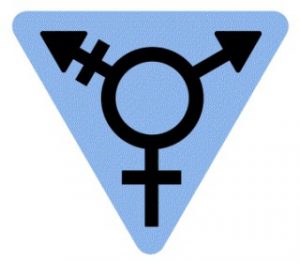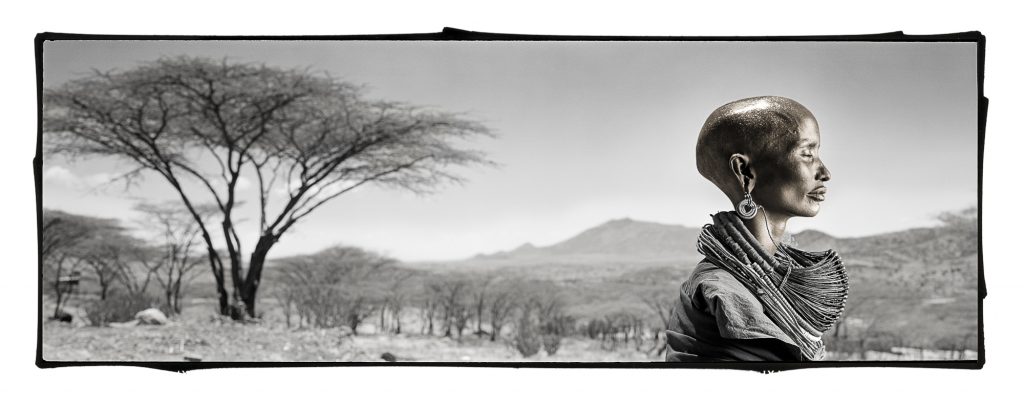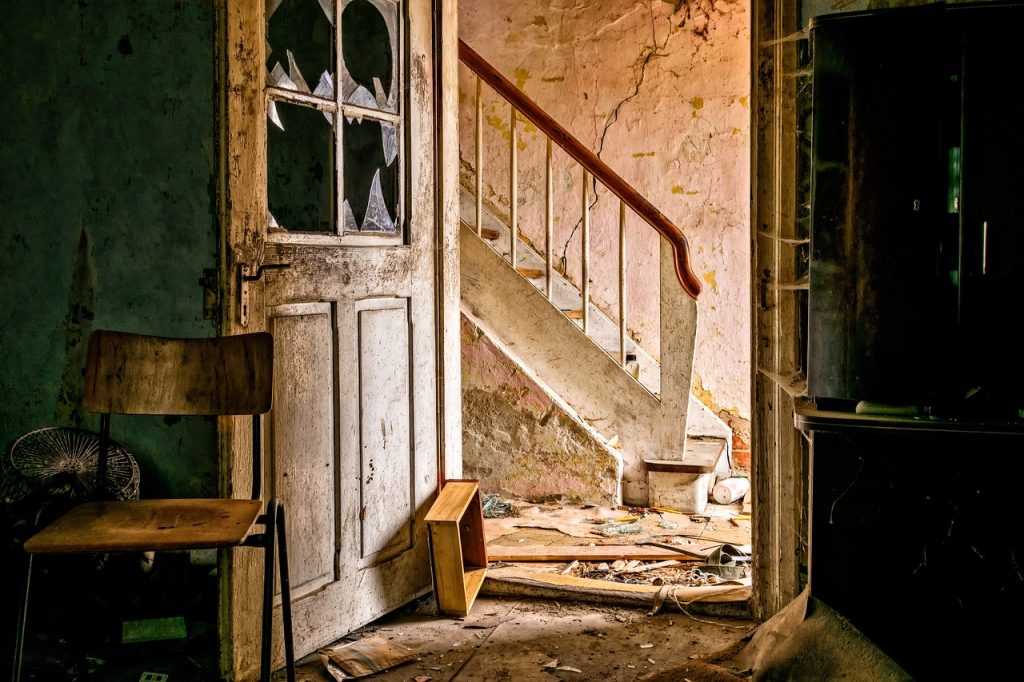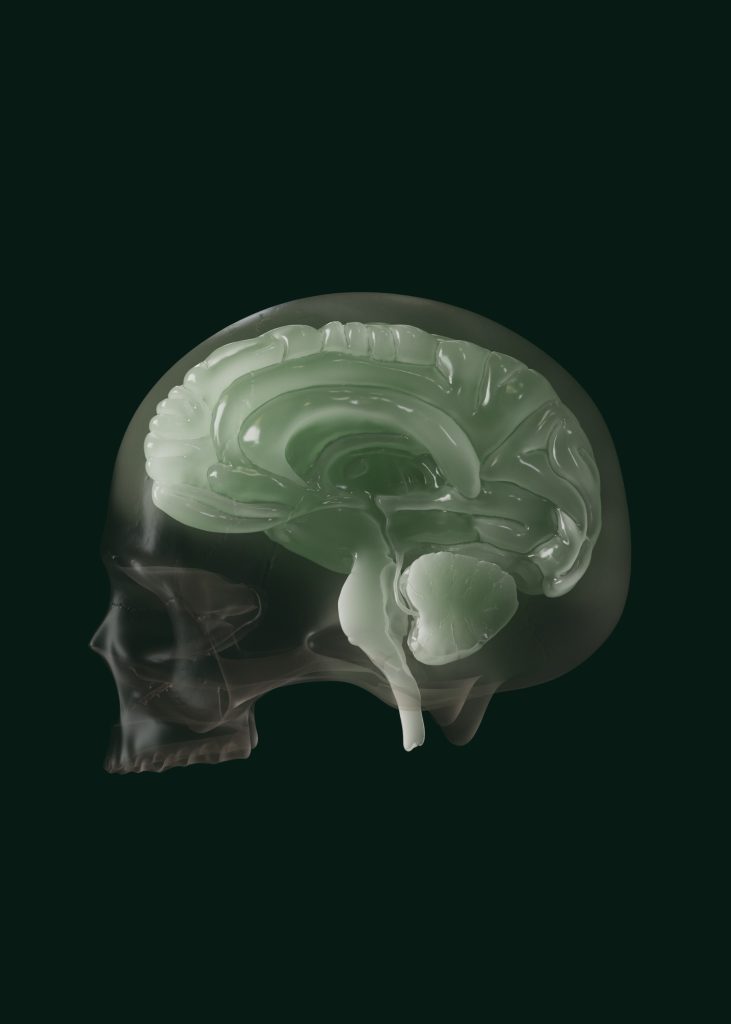Dusty and Me
Warning: This article includes content related to the topic of suicide. If you or a loved one may be at risk, please click HERE.
My son Dusty was twenty and I was forty-six when I realized I was not, and had never been, the straight female that I presented to the world. The cultural fabric of South Dakota, where I grew up, was hostile to the very essence of my secret identity as male – so secret that I kept that identity from my conscious mind. I would not emerge as a gay male until I moved to the socially liberal California coast. Shortly thereafter, I began the therapy and hormone treatment that would wholly transform me into an exterior match of my inner identity.
 I transformed, but Dusty could not follow. He remained in South Dakota, a twenty-two-year-old cisgender male, embedded in the same conservative culture I had rejected. I can only guess at his bewilderment when his California mom showed up in South Dakota as a gay man. Yes, I had tried to prepare him, had sent photos to my parents, had spoken with him. But nothing could prepare him for the reality. I sported a beard; I spoke with a male voice; I dressed, acted, and presented as I’d always unconsciously identified—as a male.
I transformed, but Dusty could not follow. He remained in South Dakota, a twenty-two-year-old cisgender male, embedded in the same conservative culture I had rejected. I can only guess at his bewilderment when his California mom showed up in South Dakota as a gay man. Yes, I had tried to prepare him, had sent photos to my parents, had spoken with him. But nothing could prepare him for the reality. I sported a beard; I spoke with a male voice; I dressed, acted, and presented as I’d always unconsciously identified—as a male.
I remember how we awkwardly faced each other in front of my parents’ rural, ranch-style home, the spring air sweet with the scent of my dad’s treasured Tropicana and Peace roses. My brilliant, quirky son puffed silently on his Pall Mall menthol, never meeting my eyes. “I don’t want you in my life,” he said, grinding out the cigarette with his boot. I stood stunned, not able to reckon the damage that quiet assertion would wreak on his life and mine.
Dusty’s father Ed and I married in our early 20s, an ostensibly “normal” South Dakota couple. I was seeking to fit into the South Dakota mold in a way that I never would. Marriage was my desperate attempt to prove to myself I was worthy of belonging. I can only guess at Ed’s motives. I did not suspect, until it was too late, that he harbored an extreme need to control everyone and everything around him.
Soon after we married, he shook and shoved me when I refused to dust the furniture. He choked me after I complained that our dog was barking outside and would wake the neighbors. I walked on eggshells for nine years until a kind counselor woke me up enough to get me to leave. Ed coerced me into granting him full custody of the kids. I was too naïve to realize that removing myself from the equation would not stop the abuse. At that time, Dusty was only five and would become the prime target of Ed’s control and abuse. I drove five hours from Minneapolis every month for visits, but didn’t suspect, until Dusty was a teen, that he harbored deep pain.
Two days before his high school graduation, Dusty sustained critical injuries in a car accident involving several classmates. He was not driving, but was riding shotgun, sans seatbelt, with his feet perched on the dashboard. The other car t-boned his on the passenger side. He was air-lifted to McKennen Hospital in Sioux Falls. When I rushed from California to his bedside, I found him in ICU attached to a respirator and multiple chirping instruments. Among other injuries, he’d broken his back at Lumbar #3. I visited him daily and Dusty, in his need and vulnerability, accepted my nurturing. Just months before my shift to male, I got to be his mom.
Dusty recovered the use of his legs, but the accident had forever killed his dream of entering the Air Force and becoming an officer. It killed his hope too. I don’t know when Dusty began to drink, but I suspect it started during those teenage years. And after he cut me from his life at age 22, I knew little about his day-to-day world.
I do know that Dusty did not transform his toxic view of masculinity while he was alive. I think that rigidity contributed greatly to his depression. He was a sensitive, caring man, but equated that sensitivity with weakness. So he built up walls that made him appear invulnerable and unfeeling. I conjecture that his most vicious criticism of “imperfect masculinity” was aimed at himself. He didn’t travel, so he didn’t realize other healthier models of maleness existed in other locations.
Dusty has one sibling, a younger sister. My daughter has handled a difficult childhood in a totally different way than Dusty. She and I are on good terms. She is a paramedic and has adopted (with her husband) two preadolescent siblings who also came from severe trauma. I believe she works through her trauma by helping them with theirs.
In Dusty’s last year of life, I learned that he had fallen in love, entered alcohol treatment, and seemed destined to transform. I dreamed of the day when I might offer him the hard-won fruits of my own journey toward wholeness. I dreamed that his marriage and detox would help us accomplish the miracle of reconciliation that our thirteen years of separation had not.
I dreamed that Dusty would accept, at last, that I could be a man and remain a loving parent.
But Dusty’s life had its own trajectory. A parent inevitably blames themselves for their child’s death by suicide. I felt such guilt about leaving Dusty in Ed’s care, about transitioning to male, and thus challenging his core beliefs. However, four year’s perspective, therapy, and a wonderful SOS (Survivors of Suicide) group have supported me as I evolved a new viewpoint: I can now grant Dusty the dignity of his own experience, his own meaning. He lived and walked on this planet in ways that both helped and hurt others. Just like the rest of us. His life held intrinsic, indelible meaning. It belonged to him alone, to his struggle, to his choices, including his views about masculinity – his own and mine.







Dear Kent,
It is with a heart wide open that I read about you, about Dusty, and about your journeys. My takeaway was coming to the place in your own healing that you learned to give Dusty his life back as well as his choices. I am also struck with the notion that we don’t own our children – they don’t belong to us but to God. The lesson you shared about your own growth touched my heart. Beautifully written.